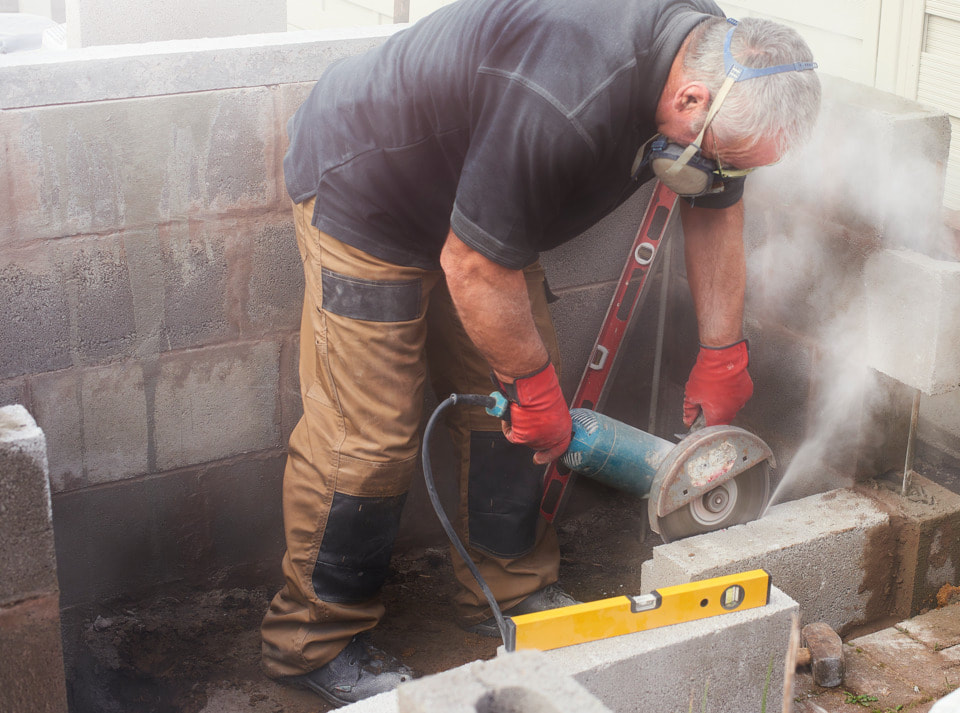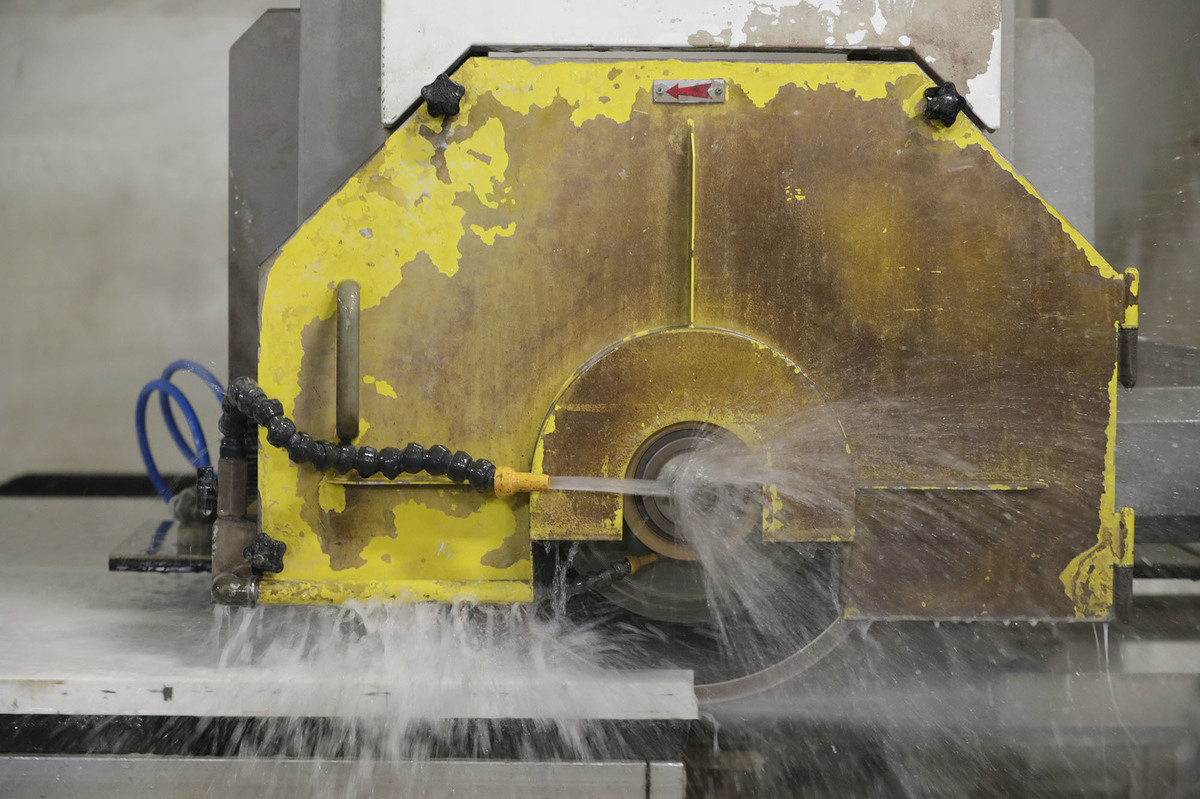


What is the future plan if you have silicosis? It’s important to have proper ventilation and use personal breathing equipment if you are exposed to silica.If you work in a high-risk job, speak to your employer about the correct protection and equipment. You can prevent silicosis from getting worse by limiting your exposure to silica.

There are three types of silicosis, and each type affects the body differently. What are the signs and symptoms of silicosis? As a result, your lungs can’t get rid of all the dust. But if you work in a job where you are exposed to high levels of dust for a long time, or work with products containing a high amount of silica, then your lungs become overwhelmed. Your body can get rid of some dust you breathe in. Hydraulic fracturing of gas and oil wells.Excavation, earth moving and drilling plant operations.Constructing and installing composite stone countertops.Clay and stone processing machine operations.Angle grinding, jack hammering and chiselling of concrete or masonry.Your exposure to silica dust is increased if you work in a job where you need to grind, crush, drill, break or mill material containing silica, such as: Jobs that can expose workers to crystalline silica include: People who are involved in making products containing silica are most at risk. Silicosis is caused by inhaling crystalline silica. Once inhaled, silica particles get stuck in the lungs, causing scarring and fluid build-up, making it hard to breathe. These particles are so small they can be inhaled. But, when silica is cut, drilled or ground, tiny particles enter the air. Silica is a mineral found in sand, concrete, rocks and glass.Ī versatile mineral, silica is used to make kitchen benches, bathrooms, bricks, tiles and some plastics. Silicosis is a lung disease caused by breathing in tiny particles of silica, called crystalline silica. What is the future plan if you have silicosis? What is silicosis? What are the possible treatments for silicosis? What are the possible tests to diagnose silicosis? Heart Lung Clinic (Transplant Services).Isolated Patients Travel and Accommodation Assistance.Our Respiratory Services and Specialists.SVH Pulmonary Rehabilitation Members Area.Video Assisted Thoracoscopic Surgery (VATS) Lobectomy.ECMO (Extracorporeal Membrane Oxygenation).Bronchoscopy & Endobronchial Ultrasound (EBUS).Overview - Tests, Procedures & Treatments.

COPD (Chronic Obstructive Pulmonary Disease).ARDS (Acute Respiratory Distress Syndrome).


 0 kommentar(er)
0 kommentar(er)
